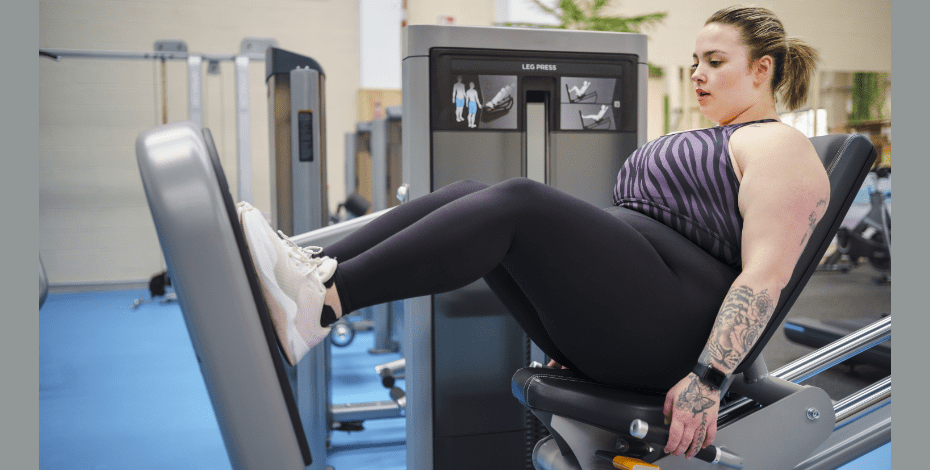
Return to practice – what you need to know

Physiotherapists have played an important role in the pandemic response; accordingly, the Physiotherapy Board of Australia (the Board) has made some adjustments to CPD and student placements.
The pandemic sub-register was launched in early April following a request from Australia’s health ministers to enable more health practitioners to quickly return to practice.
None of the usual requirements to fill in forms, pay fees, or meet the usual return-to-practice requirements were needed for the emergency call-out. However, practitioners who choose to stay on the pandemic sub-register must comply with the code of conduct, professional indemnity insurance requirements and only work within their scope of practice. After a period of 12 months or less (beginning once the pandemic subsides), they will be removed from the sub-register.
If they the wish to return to clinical practice in an ongoing capacity (beyond the pandemic period), practitioners will be able to apply for ongoing registration through the standard processes.
This includes meeting the ‘Recency of practice registration standard’ as stated—if you intend to return to practice after a break, you must have carried out 450 hours of practice during the three-year period immediately prior to the start of the registration period or 150 hours in the previous registration year. This standard applies to all registered physiotherapists, except those with student or non-practising registration’.
This standard sets minimum requirements to maintain recency of practice. Meeting these requirements do not automatically satisfy professional and ethical responsibilities to ensure that you recognise and work within the limits of your competence and maintain adequate knowledge and skills to provide safe and effective care.
The Board may consider additional requirements and may place conditions on registration for a physiotherapist who does not meet the ‘Recency of practice registration standard’, including supervision. The onus is on the applicant to provide information to support the application.
When the Board considers an application for registration and where the applicant has not met the ‘Recency of practice registration standard’ (tinyurl.com/yb5p2o7m) the Board will consider each case on its merits and take into account a range of information, including:
- registration and practice history
- length of time away from practice, and when the applicant last practised
- nature and scope of practice (prior to the break from practice)
- any continuing professional development or education done, or professional contact maintained during the break from practice
- intended field of practice, including the role and position proposed and any continuing professional development or education proposed in relation to it
- level of risk associated with the proposed practice.
The purpose of the plan for re-entry to practice is to protect the public by ensuring that returning practitioners have appropriate support in place for safe practice. The plan for re-entry to practice will be different for each applicant. It should be tailored to your particular circumstances and your individual learning needs.
The Board will be hosting a webinar on this topic later this year, and will be reaching out to all registered practitioners.
>> Visit here for more information and useful tips to help you understand and meet your obligations.
Content for this article was supplied.
© Copyright 2024 by Australian Physiotherapy Association. All rights reserved.






